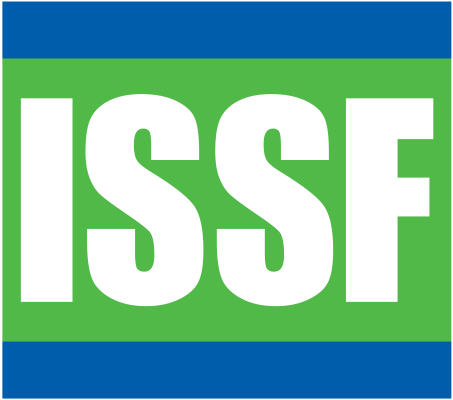Dehooking or Untangling Techniques on Board
Turtle Is Brought on Board
If you are able to bring a turtle on board, assess its general health and determine whether it is deeply or lightly hooked.
- When handling, do not lift the turtle by its flippers or use sharp objects (e.g., gaffs), or pull it by the line, to bring it aboard.
- Use a dip-net to bring the turtle aboard in high freeboard vessels.
- On smaller vessels, grab the animal from the carapace (both sides, or front and back) to bring it on board.
- An active turtle can be placed on a tire or similar platform to immobilize it.
For a lightly hooked turtle, use a dehooker and/or other hand tools like long-nosed pliers. You might also want to use a mouth gag or opener to prop the turtle’s mouth open and allow room to remove the hook.
In order to open the mouth of a turtle, place your thumb and index fingers at both sides of the nose. This immediately triggers the opening of the mouth in turtles.
If you are holding a mouth gag in your other hand, you can use this response to quickly place it at the commissure of the mouth to keep it open and easily check the mouth and the hook.
If you are holding the line in your left hand and the dehooker in your right, use the following procedures:
- Lay the dehooker on the line with the open end of the pigtail facing up.
- Pull the dehooker toward you to engage the line, and then turn the dehooker a quarter turn clockwise.
- Slide the dehooker down the leader until it engages the shank of the hook.
- Bring your hands together; make sure the line is tight and parallel with the dehooker.
- Give a slight thrust downward.
- Pull the dehooker out with the hook.
Dehooking Demonstration
Watch a video demonstration of dehooking.
In the following “deep-hooked” situations, do not remove the hook, as doing so could cause more damage to the turtle than allowing the hook to remain in place:
- The hook is entirely swallowed.
- The hook’s barb is not clearly visible.
- The hook is in the glottis (the opening at the back of the tongue that leads into the windpipe)
- The hook could be in the braincase or roof of the mouth
In these situations, and in other cases when the hook cannot be removed, use line cutters to cut the line as close to the hook as possible. Leaving line/leader trailing may cause further injuries and mortalities (e.g., line entanglement around flippers stopping blood supply and or digestive infections when the line is swallowed). If you can, use bolt cutters to cut the hook near the barb or the eye and then pull it out.
Remember—disentanglement at the earliest possible stage maximizes a turtle’s chance at survival!

